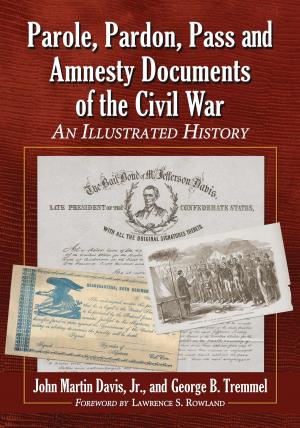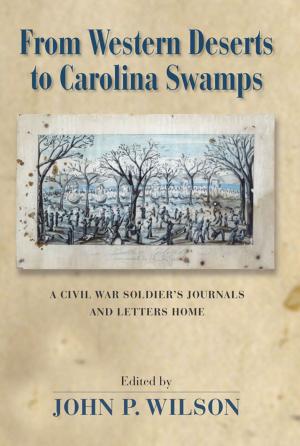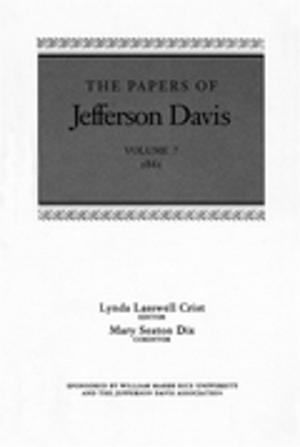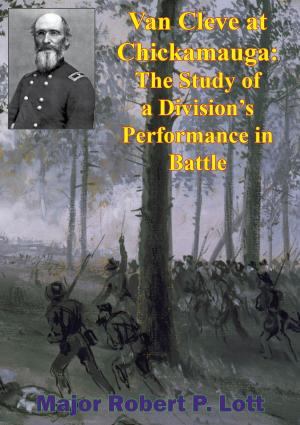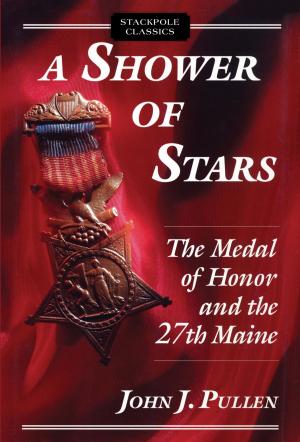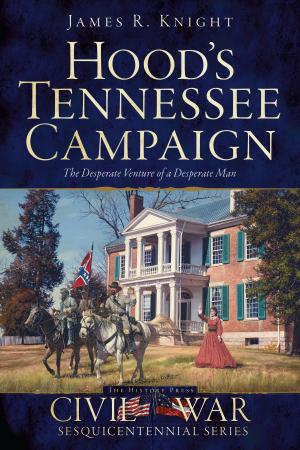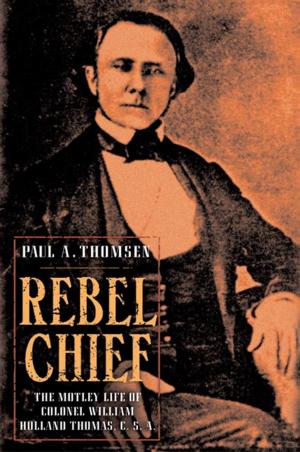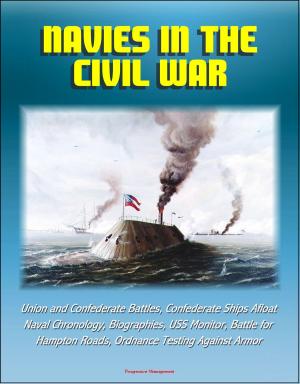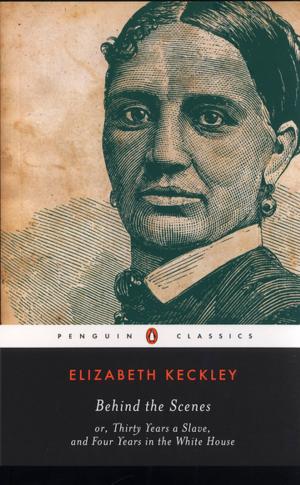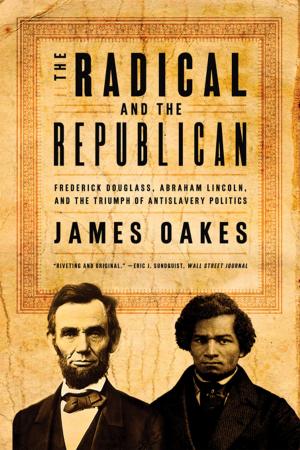Across America : The Great West and the Pacific Coast
Nonfiction, History, Americas, South America, United States, State & Local, Civil War Period (1850-1877)| Author: | James F. Rusling | ISBN: | 1230000226120 |
| Publisher: | Sheldon & Company | Publication: | March 18, 2014 |
| Imprint: | Language: | English |
| Author: | James F. Rusling |
| ISBN: | 1230000226120 |
| Publisher: | Sheldon & Company |
| Publication: | March 18, 2014 |
| Imprint: | |
| Language: | English |
Across America : The Great West and the Pacific Coast
Across America, from New York to San Francisco, may be roughly estimated as three thousand miles. The first third of this occupied us only about three days and three nights, though the whole trip consumed just less than a twelve-month. From New York to St. Louis, via Cincinnati, was our first stage, and of course by railroad. We left New York, Tuesday, July 24, 1866, by the Erie Railway, and on the following Thursday afternoon reached St. Louis in time for a late dinner. Tarrying here a day or two, to pick up some information about the Plains, we passed on to Leavenworth; and thence, after a longer pause to Fort Riley. The Union Pacific Railroad, Eastern Division (or Kansas Pacific, as it is now generally called), halted then at Waumega, some thirty miles from Fort Riley, whence we reached Riley by stage-coach. The coach itself was a lumbering, weather-beaten vehicle, with sorry teams of horses; it was a hot August afternoon, with rolling clouds of dust; we had nine passengers inside and three outside, with freight and baggage everywhere; and altogether this little stage-ride was a good initiation into the mysteries and miseries of stage-coaching across the continent.
From New York to St. Louis is already a series of towns and cities, with the country as a whole well settled up, for America. The Great West, it is soon seen, is no longer the valley of Ohio and the prairies of Illinois. It has long since crossed the Mississippi, and emigrated beyond the Missouri. What used to be called the "West" has already become the centre; and "out west" now means Kansas or Colorado, if anything at all. The Erie road, with its broad-gauge coaches, takes you through the picturesque, as well as rich and fertile regions of northern New Jersey, and western New York, whence the ride through Ohio, down the lovely valley of the Miami to Cincinnati, is substantially as through a garden. Over much of this region, it is plain to be seen, New England has left her mark, never to be effaced. Her school-houses and churches, her intelligence and thrift, are all reproduced (only slightly westernized), and one can see that he is in Yankee-land still at a glance. You might know it, by the omnipresence of white paint and green blinds, if nothing else. You see it in the average inhabitant and detect it in his speech. And yet it is Yankee-land, with enlarged freedom and independence of thought and action, and therefore doubly welcome. Southern Indiana and Illinois, you find rapidly filling up; but they still seem much behind that sunny heart of Ohio, the Miami Valley. Populated largely by the overflow from Kentucky and Tennessee—chiefly the "poor whites" of those former slave states—the results are everywhere unmistakable. Evidently, even to the passing traveller, the average Hoosier or Sucker, as yet, is much behind the average Buckeye, and he will find it a hard task to overtake him. The lineal descendant of the Cavalier and the Corncracker, how can he expect to compete successfully with the regular representative of the Roundhead and the Yankee?
Cincinnati and St. Louis strike you as large and growing cities; but they do not impress you like Chicago, at least as she did before the great fire. They seem to have taken Quaker Philadelphia, as their type and model, rather than buoyant New York. Many of their streets, you find similarly named, and a like atmosphere pervades much of their business. In talking with their magnates of trade and finance, you note a conservative tone, that illy accords with your ideas of the West, and you are inclined to wonder whether the far-famed push and pluck of that romantic region are not myths after all. Buffalo and Toledo, Cleveland and Chicago, however, would soon undeceive you—especially, Chicago. The push and drive, the enterprise and elan of New York, that are reproduced so well along our northern tier of cities, all culminated at Chicago—at least before the fire—until she seemed New York incarnate or even intensified. The metropolis and brain of the northwest, how a day in her busy streets braced and inspired one! With all her brave memories of the past, no wonder she still believes enthusiastically in herself, and even in her ashes doubted not her future!
Across America : The Great West and the Pacific Coast
Across America, from New York to San Francisco, may be roughly estimated as three thousand miles. The first third of this occupied us only about three days and three nights, though the whole trip consumed just less than a twelve-month. From New York to St. Louis, via Cincinnati, was our first stage, and of course by railroad. We left New York, Tuesday, July 24, 1866, by the Erie Railway, and on the following Thursday afternoon reached St. Louis in time for a late dinner. Tarrying here a day or two, to pick up some information about the Plains, we passed on to Leavenworth; and thence, after a longer pause to Fort Riley. The Union Pacific Railroad, Eastern Division (or Kansas Pacific, as it is now generally called), halted then at Waumega, some thirty miles from Fort Riley, whence we reached Riley by stage-coach. The coach itself was a lumbering, weather-beaten vehicle, with sorry teams of horses; it was a hot August afternoon, with rolling clouds of dust; we had nine passengers inside and three outside, with freight and baggage everywhere; and altogether this little stage-ride was a good initiation into the mysteries and miseries of stage-coaching across the continent.
From New York to St. Louis is already a series of towns and cities, with the country as a whole well settled up, for America. The Great West, it is soon seen, is no longer the valley of Ohio and the prairies of Illinois. It has long since crossed the Mississippi, and emigrated beyond the Missouri. What used to be called the "West" has already become the centre; and "out west" now means Kansas or Colorado, if anything at all. The Erie road, with its broad-gauge coaches, takes you through the picturesque, as well as rich and fertile regions of northern New Jersey, and western New York, whence the ride through Ohio, down the lovely valley of the Miami to Cincinnati, is substantially as through a garden. Over much of this region, it is plain to be seen, New England has left her mark, never to be effaced. Her school-houses and churches, her intelligence and thrift, are all reproduced (only slightly westernized), and one can see that he is in Yankee-land still at a glance. You might know it, by the omnipresence of white paint and green blinds, if nothing else. You see it in the average inhabitant and detect it in his speech. And yet it is Yankee-land, with enlarged freedom and independence of thought and action, and therefore doubly welcome. Southern Indiana and Illinois, you find rapidly filling up; but they still seem much behind that sunny heart of Ohio, the Miami Valley. Populated largely by the overflow from Kentucky and Tennessee—chiefly the "poor whites" of those former slave states—the results are everywhere unmistakable. Evidently, even to the passing traveller, the average Hoosier or Sucker, as yet, is much behind the average Buckeye, and he will find it a hard task to overtake him. The lineal descendant of the Cavalier and the Corncracker, how can he expect to compete successfully with the regular representative of the Roundhead and the Yankee?
Cincinnati and St. Louis strike you as large and growing cities; but they do not impress you like Chicago, at least as she did before the great fire. They seem to have taken Quaker Philadelphia, as their type and model, rather than buoyant New York. Many of their streets, you find similarly named, and a like atmosphere pervades much of their business. In talking with their magnates of trade and finance, you note a conservative tone, that illy accords with your ideas of the West, and you are inclined to wonder whether the far-famed push and pluck of that romantic region are not myths after all. Buffalo and Toledo, Cleveland and Chicago, however, would soon undeceive you—especially, Chicago. The push and drive, the enterprise and elan of New York, that are reproduced so well along our northern tier of cities, all culminated at Chicago—at least before the fire—until she seemed New York incarnate or even intensified. The metropolis and brain of the northwest, how a day in her busy streets braced and inspired one! With all her brave memories of the past, no wonder she still believes enthusiastically in herself, and even in her ashes doubted not her future!
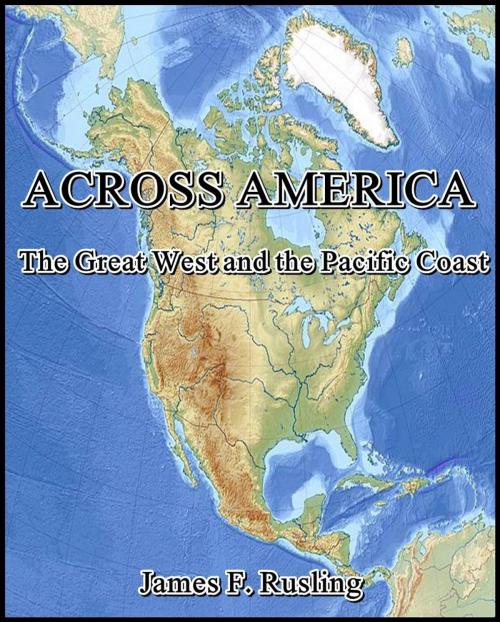
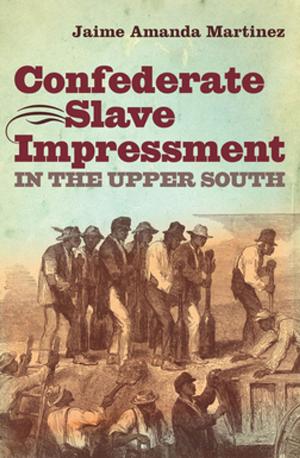
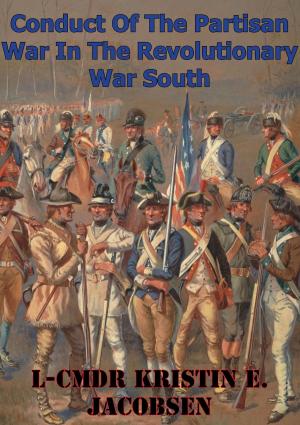
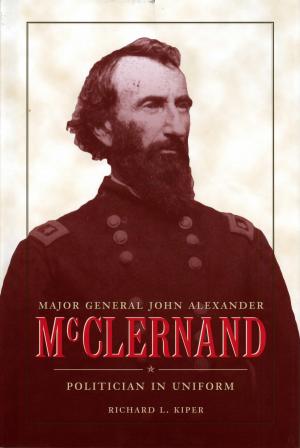
![Cover of the book The Battle of Gettysburg [Illustrated Edition] by James F. Rusling](https://www.kuoky.com/images/2016/july/300x300/9781786259530-fW5O_300x.jpg)
